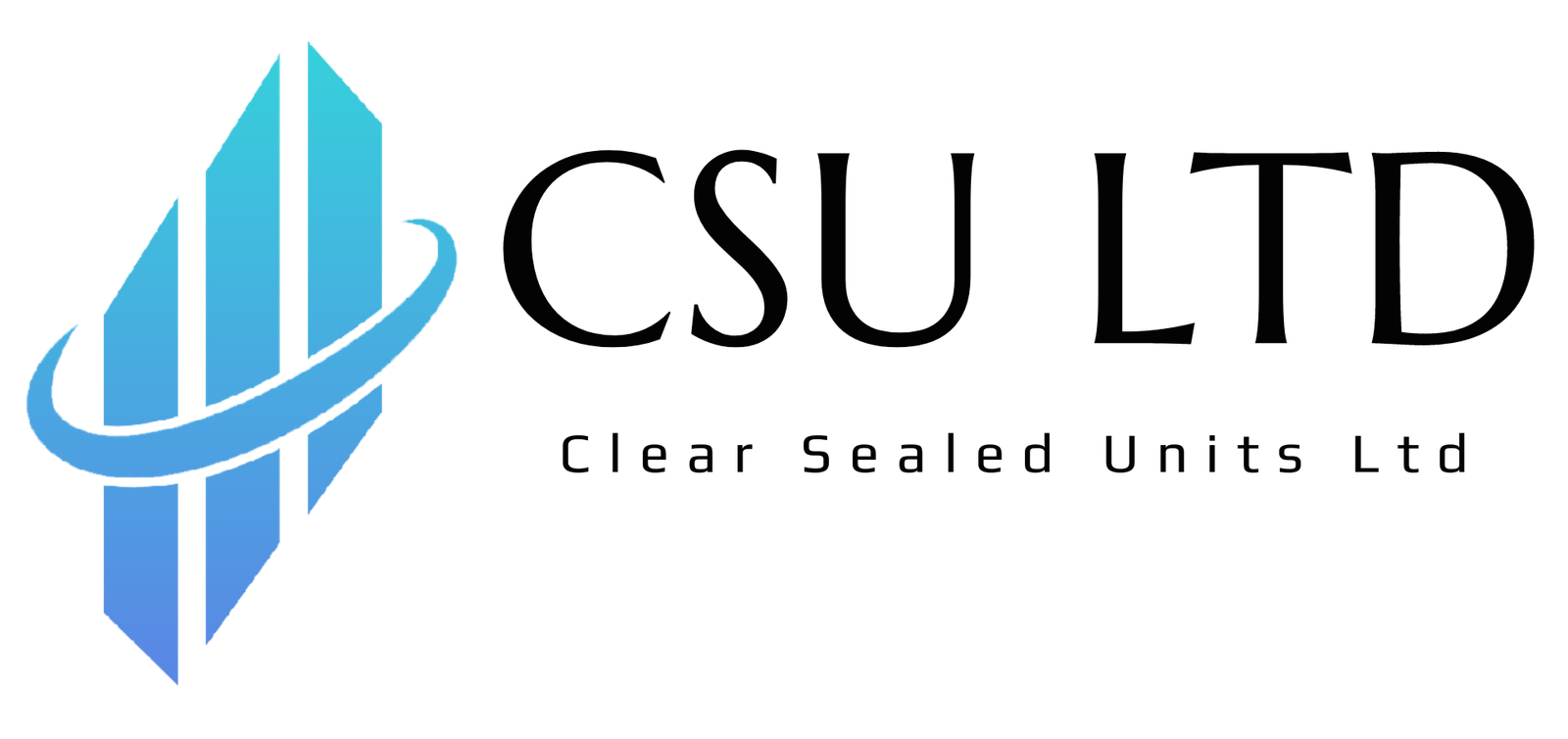[ad_1]
The role of structural levels of transparency in organizational dynamics
Organizational dynamics are affected by a variety of factors, one of the most critical being the transparency of the organization’s internal structural levels. Structural levels of transparency play an important role in shaping an organization’s culture, communication, and overall performance.
The importance of structural levels of transparency
Transparent structural layers create a sense of openness and fairness within the organization. When employees are aware of different levels of authority and decision-making, it promotes trust and responsibility. This transparency also helps clarify roles and responsibilities, reduces conflict, and promotes a collaborative work environment.
Impact on organizational culture
Structural levels of transparency help develop a positive organizational culture. When employees have a clear understanding of organizational hierarchy and decision-making processes, it fosters a culture of respect and allows for open communication. This in turn increases employee engagement and satisfaction.
Enhance communication and performance
Transparent structural levels facilitate better communication within the organization. Employees will be more willing to share their thoughts and concerns when they know where they can be heard. This open communication improves problem solving, innovation, and overall performance.
in conclusion
Transparent structural hierarchies play a crucial role in shaping organizational dynamics. It promotes trust, enhances communication and helps create a positive work culture. Organizations that prioritize transparency at a structural level are better able to address challenges, drive innovation, and achieve long-term success.
Frequently Asked Questions
What are the potential challenges in implementing structural levels of transparency in organizations?
Some potential challenges include resistance from employees accustomed to traditional hierarchical structures, the need for clear communication and training to ensure understanding, and the potential for power struggles as roles and responsibilities are clarified.
How can organizations increase transparency at the structural level?
Organizations can increase transparency by clearly defining roles and responsibilities, establishing open communication channels, and involving employees in the decision-making process. Training and education on the importance of transparency may also be beneficial.
[ad_2]
